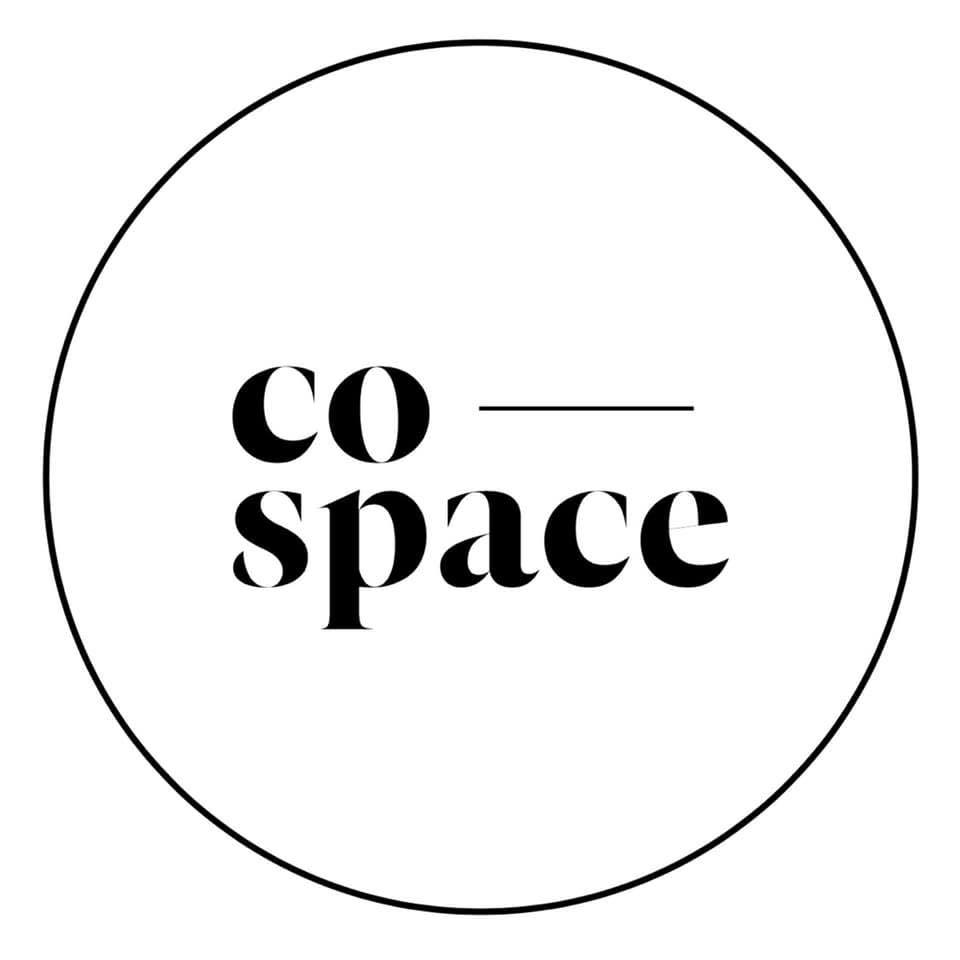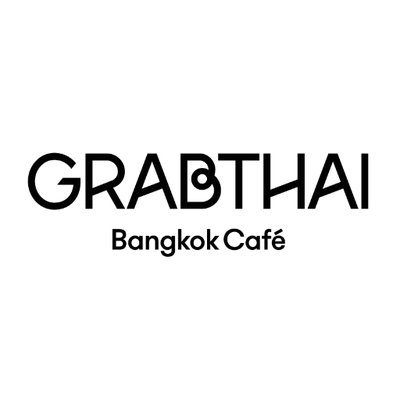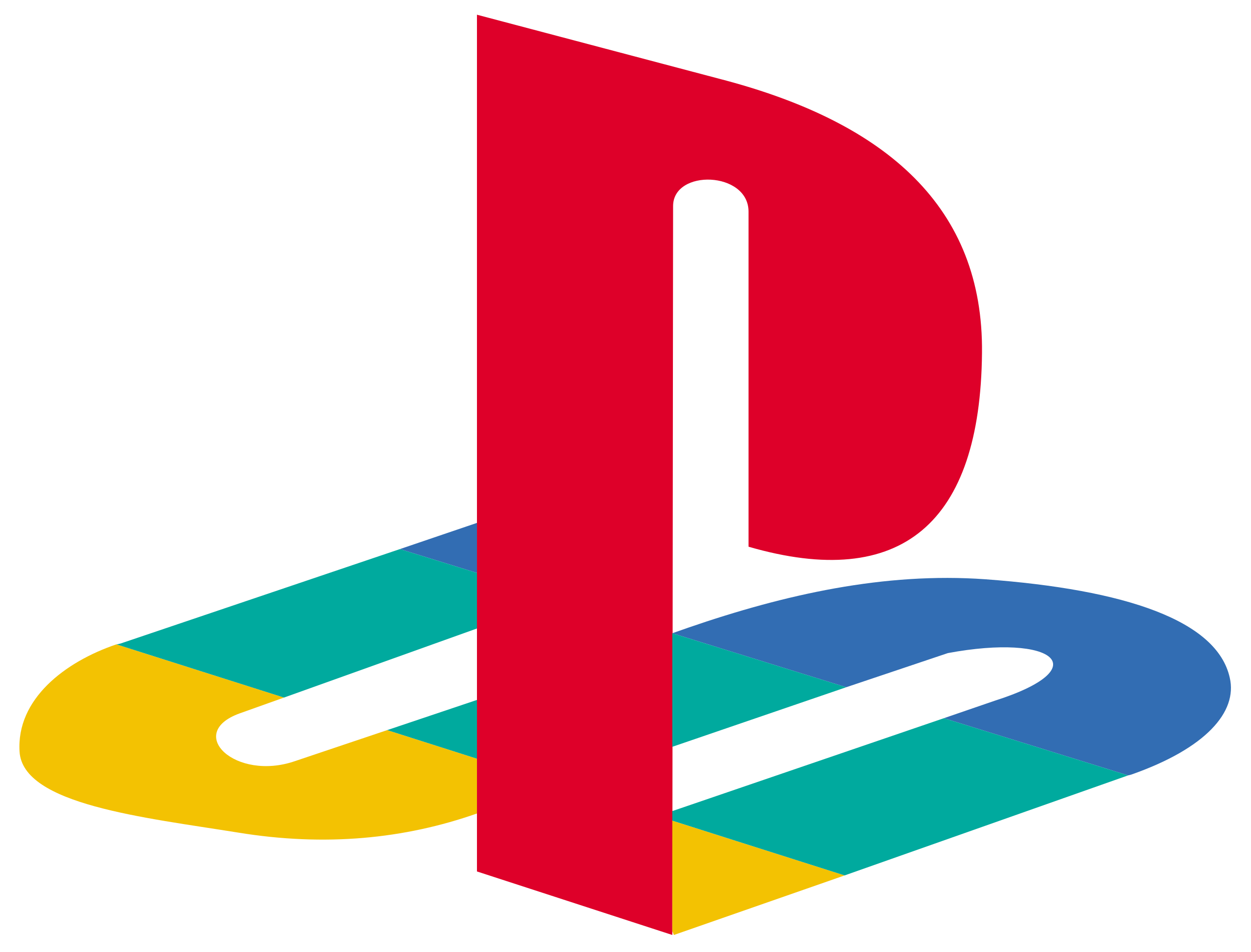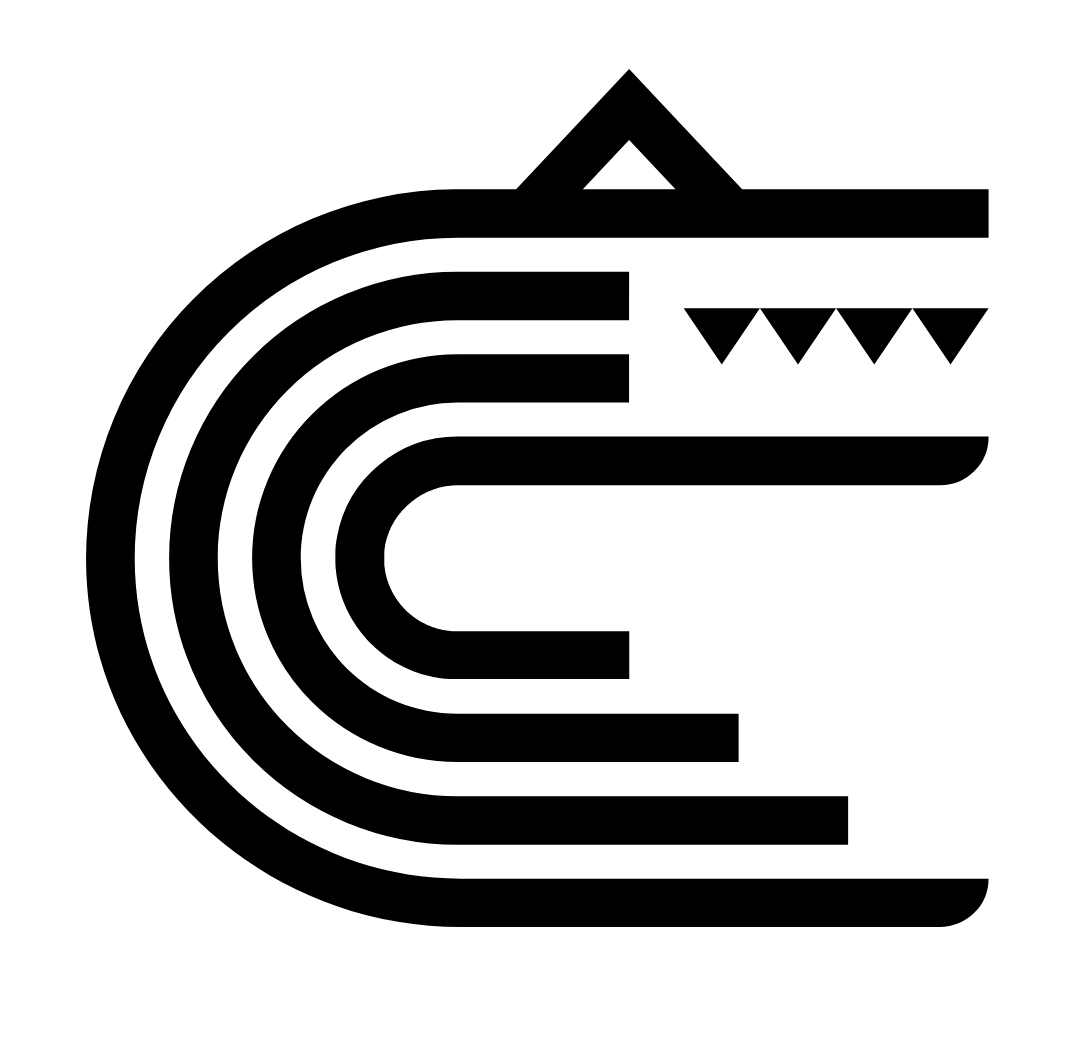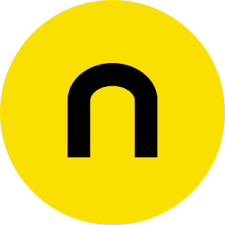Vinyl facts Our expert guide to vinyl signs for walls & windows
Cut Vinyl is essentially made by cutting your design out of a thin, self-adhesive material that’s one colour all the way through (also known as ‘self coloured’ vinyl). You pick the colour you’re after from the stock rolls at Glyphics, and we’ll load it into our computerised vinyl cutter to make the shape you need. A readily available solution, Cut Vinyl signs are cost-effective and ideal for simple, single tone products, such as wall decals. You can pick from vibrant opaques, coloured transparents, or semi-see-through translucent films. We even have some speciality vinyl, including mirror metallics, dichroics, patterns and textures, so come and chat with us – we’ll be happy to find what you’re looking for.
Printed Vinyl comes into its own when you need a colour that’s not readily available. We’ll match and reproduce the colour you’re after using the CMYK process, printing it onto a white vinyl to get your exact tone – either as a block design or an intricate vector pattern. Printed Vinyl is also pretty neat for when you need to blow up an image that features shadows and shading. Thanks to large format digital printers, we can churn out colour gradients onto white, transparent, or high-end optically clear vinyl to varying effects. This technique is perfect for products such as photo ads or eye catching, full length window displays that emulate that stained glass look. All Printed Vinyl comes with a protective, clear over-laminate in either matt, satin or gloss finish. It’s totally up to you.
Lastly, there’s Printed and Contour Cut Vinyl – perfect for designs that are both colour specific and modular, made up of layered elements. Let’s say logos, for example. Using our inkjet printers, we’ll produce vinyl in the exact shade of your organisation’s branding, and then precision cut it into the texts or graphics that make up your insignia, providing you with maximum versatility.
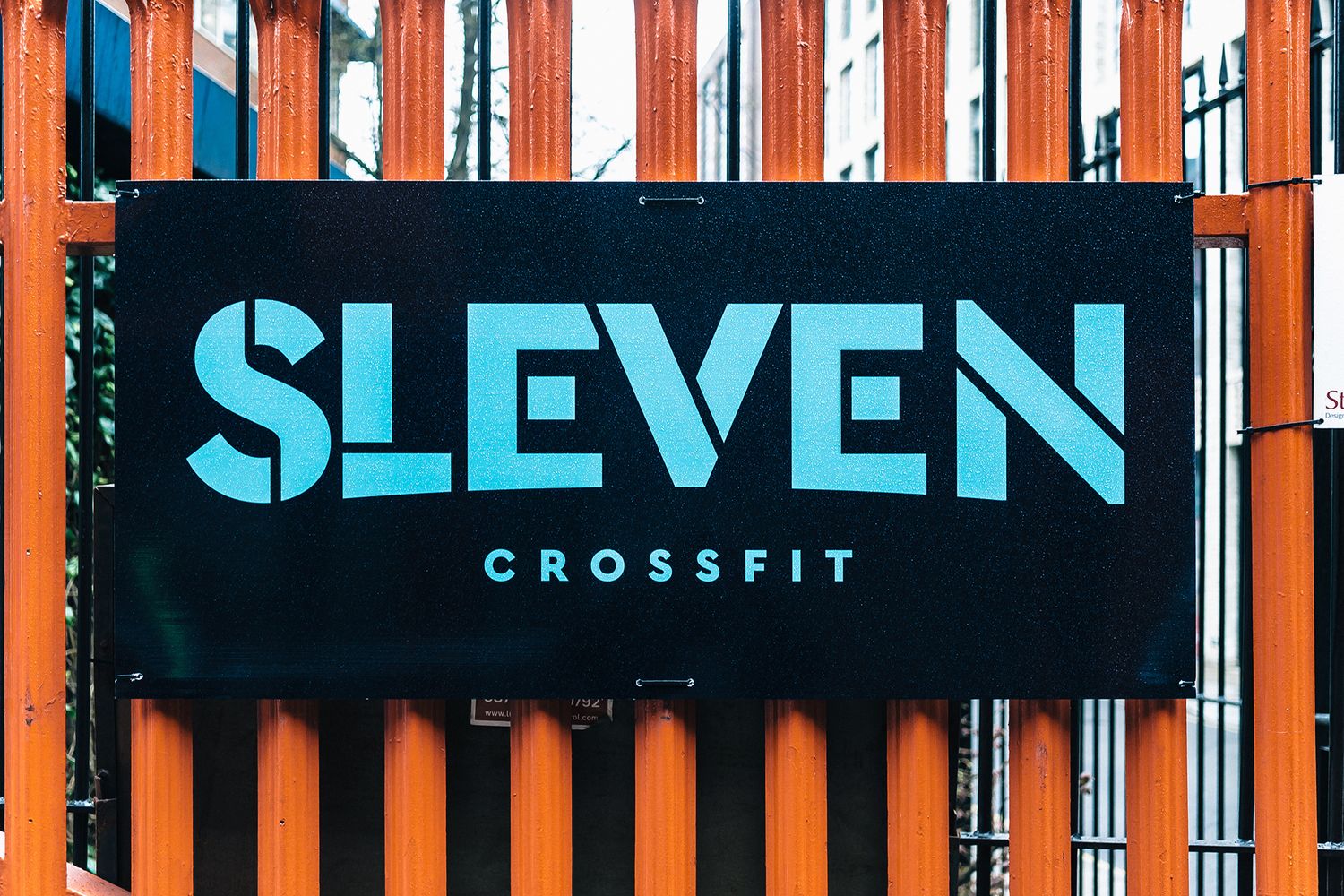







What you need to consider when planning window graphics.
At Glyphics we have been creating window graphics for many years and our team of experts have been helping customers with all kinds of projects to make more creative and efficient use of their windows and doors. And we can do it for you too.
Before you start your own window graphic project, we suggest you ask yourself a few questions so that you can better refine what you want to achieve. If you have answers to these questions, it will also help us ensure we provide you with the vinyl graphics that best suit your objectives.





Answer these questions before ordering window vinyl
1. Should I have graphics on the outside or inside of the glass?
That might depend on whether your window has a ‘colour tint’.
Putting a film on the inside to see from the other side will change the colour of your image so, if you are very specific about the colours you want to display the alternative might be to actually put the vinyl graphic on the outer side of the glass.
We suggest that you check whether your glass is ‘clear’; most glass is, but SOME windows have a subtle coloured tint like grey or brown or have had another film applied so you may hardly know it is there until you find scratches on it.
Most people want to have their vinyl graphics put on the ‘inside’ of the window because they worry about somebody damaging them. Of course they could be but normally they are left alone. When deciding it is important to remember that vinyl graphics or lettering applied on the outside of the window look better as the colours are brighter. Additionally, glass normally has a natural colour of bluish-green that will look clear but may change the colours of your vinyl graphics if applied on the inside of the window.
Cleaning the windows with your graphics on, whether you use a professional window cleaner or clean them yourself, will not affect them providing you are reasonably careful as vinyl is waterproof and weatherproof.
2. What is the best colour for my vinyl lettering?
This really depends on what you want to achieve with the lettering and how much impact you are looking for. However, please consider that unlike paper, black doesn’t always look the best on glass on its own. If you look at glass at a distance it tends to look dark, not clear. If you pass a window at some point that has black vinyl lettering on it, you’ll see that it is not always the best colour unless the space is very white inside.
3. Should I use a matt or gloss vinyl film?
Vinyl films generally come in a matt or gloss finish. However there is no point in specifying a matt colour and putting it on the inside of a window. When you view it from the front it will appear glossy because the glass itself is shiny.
4. When should I consider using transparent or translucent vinyl films?
Remember we have colours that are transparent or translucent which give great effects and provide an interesting edge to the graphic. After all, you are trying to create a memorable window for anyone to admire.
5. I have some existing vinyl graphics already in place on my window, what do I need to do?
You should really have a go at removing it yourself and clean the glass and if this is not possible, please let us know in advance so that we know this is a job to do before we install your new vinyl graphics.





There are many types of vinyl film and depending on your project, Glyphics can advise which is best to achieve the effect you want.
Gloss vinyls
Matt vinyls
Frosted vinyls
Translucent vinyls
Transparent vinyls
Metallic vinyls
Reflective vinyls
Photo luminescent vinyls
Blackboard vinyls
Stencil vinyls
To help you understand what your choices are, we have collated a quick list of the most popular vinyl films used for graphics on walls, windows and doors and have explained some of their benefits. If you can’t find answers to your questions in the list below, give us a ring on 020 7739 7818 and we’ll be happy to help.
What is vinyl?
Vinyl is a plastic film with a self-adhesive backing. It comes in a roll, like wallpaper, and you can use it to add graphic designs, words and colour to virtually any smooth surface you like, indoors and outdoors.
Vinyls are tested very extensively by their manufacturers in the harshest conditions: from Sahara heat to Arctic cold. Many are tested for marine conditions so that they can be used for graphics on boats. Others are robust enough for use on aircraft and trains.
And as we show here, it also comes in a fantastic range of finishes and effects for you to choose from for your vinyl graphic projects.
Types of vinyl explained
Gloss vinyls
Gloss vinyl – like gloss paint – has a shiny surface. It comes in a big range of colours – bigger than any other kind of vinyl – and it’s designed to last for 3-5 years. Some premium quality gloss vinyls have an even longer life depending on the colour: black and white vinyls last the longest.
You’ll find that gloss vinyl stands up to the weather better than other vinyls – matt vinyl for example – so it’s a good choice for your exterior vinyl graphic projects.
If you have a Pantone, RAL, BS or paint colour in mind for a project, we’ll do our best to supply you with the closest colour match we can in a gloss vinyl.
Matt vinyls
Matt vinyl – like matt paint – has a flat, non-reflective surface. Many designers and architects prefer this look to the shine of a gloss vinyl. But despite this, vinyl manufacturers produce more colours in gloss than they do in matt. Perhaps they know something we don’t!
These have the same level of longevity as gloss vinyls – 3-5 years on average.
If you have a Pantone, RAL, BS or paint colour in mind for a project, we’ll do our best to supply you with the closest colour match we can in a matt vinyl.
Translucent vinyls
These vinyls look solid but they’re designed to let light through: for example, from fluorescent tubes or LEDs on a lightbox sign used externally.
There’s a good range of colours particularly in the 3M translucent range.
The face of the vinyl has a satin finish and you can normally expect it to last 7-9 years, even outdoors.
Transparent vinyl
Transparent vinyl is see-through. It comes in a range of colours so you can get really creative vinyl graphics. It tends to be a bit thicker than some other vinyls and it’s mainly used for interior projects on glass, not externally and so would be almost classed as ‘display vinyl’: a vinyl that’s ideal for temporary or short-term use, such as exhibitions.
You can get some great effects by overlapping different colours of transparent vinyls. And you can print transparent colours onto clear vinyl to give you a wider colour palette.
Blackboard/Chalkboard vinyl
This black vinyl with a textured surface is designed to be written on with chalk or chalkboard pens and then wiped clean again with a damp cloth. It’s thick and easy to apply, making it a great option for menu boards, children’s playrooms, office noticeboards or even for tabletops at parties. It’s best used indoors but can also stand up to the weather reasonably well on a restaurant or café A-board.
Metallic vinyls
These come in gloss and matt finishes in silver, gold, copper and bronze and more unusual finishes such as pearlescent, galvanized and graphite. They are mainly used to create decorative effects on panels and glass indoors. There are, however, some that have added protection built in so that they can withstand the weather outdoors.
Most metallic vinyls have a silver back, no matter what the metallic colour on the front is. So if you are using your metallic vinyl on a window and want it to be the same colour when viewed from outside and inside, be sure to ask for a double-sided metallic vinyl.
Reflective vinyls
Reflective vinyls are mainly used for road or road safety signs and also emergency vehicles like ambulances and police vehicles. By day, they tend to look like white or black strips. But by night, as their name implies, they reflect any light shone on them, to attract attention or as a warning.
They are manufactured in only a small range of colours, white and yellow being the main ones.
Photo luminescent vinyls
These special vinyls are designed to ‘gather’ light during the day and release it at night or when lighting is switched off. They’re mainly used for safety signs in offices.
Frosted vinyls
These vinyls are designed to go on glass. They let light through but you can’t see through them so they help to protect your privacy and can also stop people from walking into glass panels and doors. They have the look of etched, sandblasted or textured glass.
There are many frosted effects to choose from: from dark and light silvers to some colours: blue, green, pink, yellow and gold, for example. And you can also get some patterned finishes, such as rice paper, chequer board and spots.
Stencil vinyls
Choose these if you want to paint stencil effects on walls. Graphics can be cut out of them in a ‘negative’ form to create the stencil shapes. You then stipple or spray coloured paints through them onto the wall surface. The stencil vinyl is then easily removed when the paint has dried.



What would you like to know about vinyl?
If you have any questions about vinyl and how it is applied to walls, windows and doors, please read the FAQs below to get an answer.
If there is a question you have which isn’t shown here please call us and one of our vinyl graphics advisors will help.
Contact the Glyphics helpline here: 020 7739 7818
Frequently Asked Questions
Vinyl is a plastic film with a self-adhesive backing. It comes in a roll, like wallpaper. It also comes in a fantastic range of colours and finishes: gloss, matt, transparent, metallic and so on. You can use it to add graphic designs, words and colour to virtually any smooth surface you like, indoors and outdoors: from walls, windows, cupboard doors and shop fronts to the exteriors of cars and trains. It is normally 1220mm or 610mm wide and 30 metres long and the colours are very thin, like paint and we cut it to suit.
Most vinyls and the glue on their backing have a life of at least 3-5 years when used outdoors. Indoors they can last much longer than that. They’re tested by their manufacturers to extremes of temperature – everything from Sahara heat to Arctic cold – and to extreme weather conditions. On a car or van, they can be tough enough to go through car washes. On a boat, they can survive salt water and storms.
Your vinyl will last even longer if you treat it nicely and keep it clean. If it’s on a wall or a window inside, dust it off now and again with a dusting stick. If it’s outside, wipe it gently with a damp cloth to keep it spruced up. And if it’s on the outside of a window, it’s strong enough to survive regular cleaning by your window cleaner as long as they take a little extra care with their squeegee. It’s best to use pure water, rather than any cleaning products.
There are two main ways. Firstly, we can cut your graphics out of vinyl using a tiny blade on a computer-based plotting machine. Secondly, we can print your graphics onto vinyl using an inkjet printing machine. The inks we use for this are latex-based, very eco-friendly and designed for long life.
‘Cut’ vinyl graphics are literally cut out of the film with a blade and if you are cutting say blue, the colour blue is the same on the reverse of the film, which is ideal if you are cutting lettering back to front to put on the inside of glass. The adhesive is very transparent and can’t be seen when applied to the reverse of glass.
‘Printed’ vinyl graphics are mainly printed onto white vinyl or clear vinyl films on our very large inkjet printers. You are not confined to single colours but as many as you like and the printed colours and quality are amazing – as long as your image is sharp you get a really good long lasting result.
We generally add lamination to all the vinyl graphics we produce to give them extra protection. It’s a clear film, with a matt, satin or gloss finish, that goes on top of the vinyl to keep the colours fresh, protect against fading by sunlight and stop dust and dirt getting ingrained in the surface.
If you do get an air bubble under the film, it may be because you’ve lowered your vinyl onto the surface of your wall or window too quickly, before you’ve ‘pushed’ the air out evenly in front of it. You can deal with a bubble by gently pricking it at an edge using a pin and squeezing the air out with your finger. Sooner or later these bubbles settle down and disappear, depending on the vinyl used.
If we’re cutting out vinyl lettering or logos for you, we ideally need an Adobe Illustrator.eps file from you, with all fonts and strokes converted to outline and making sure that no paths cross each other.
If we’re printing graphics, photos or words onto vinyl, please send us an illustrator.eps file with inked CMYK images saved at 150 DPI or a TIFF file. And if you want your printed graphics, photos or words cut out as well, then we’ll also need a ‘cutting file’ on a separate layer. Remember to include any essential ‘bleeds’ on your image too.
We can produce most simple orders within 2 working days and get them into the post for you shortly after. We may need more time if your order is more complicated in detail or a special size. We’ll let you know about timescales when you ask for a quote or place your order.
We will archive your file for at least 3 years from the date of your order, but sometimes for longer, so please don’t hesitate to check with us.
Yes, we do. We’ll agree the best delivery method and the cost with you when you place your order. We generally use Royal Mail for reliability for our standard deliveries. If you need your order urgently, we can arrange a courier. Or you’re welcome to collect your order in person from our studio in Shoreditch, East London. We’re a few minutes’ walk from Old Street Tube Station and Liverpool Street mainline station.
You can pay for your order by credit or debit card if you’re placing orders by phone or in person. If you visit our studio, we can also accept cash and cheques. If you’re placing regular or large orders, you can also open an account with us and pay on invoice, subject to credit checks.
What exactly is vinyl?
How long does vinyl last?
How do I look after vinyl?
How do you produce vinyl graphics?
What is lamination?
How do I avoid air bubbles under my vinyl?
What file formats do you accept?
How long will my order take?
Do you keep my artwork on file for another time?
Do you charge for postage and packing?
What payment options do you offer?


Vinyl expertise from Glyphics
Vinyl is a simple and thin self-adhesive film that can be used to transform your office, brighten your windows or give impact to your walls. You can create simple lettering or complex vinyl graphic illustrations to any size. It is the most creative of material and at Glyphics we love vinyl!
We know a lot about it and we’ve done a lot with it so we can help you with any project you’ve got in mind. If you’re just starting out, we’ve created a quick list of things you need to consider before planning any window vinyl project and once you’ve got that sorted, we’ve created a helpful guide that explains what you need to tell us to make sure we can give you a comprehensive quote.
Glossary of Terms
Acid etched effect
The effect you get from certain vinyl films to give you privacy but let light through in varying degrees. Sometimes these films are called ‘frosted’ films. They have a self adhesive backing which gets applied to glass panels and can have simple patterns or a printed pattern on them for branding or decorative effects.
ai files
This is an Adobe Illustrator acronym for producing outlines normally used for cutting of outlines in vinyl films or for producing printed graphics.
Ageing
You need to be aware that virtually everything ages with time and this applies to vinyl self adhesive films.
Whether it is on rolls on the shelves or applied to glass or other panels, the film itself or the adhesive on the back will gradually degrade because of UV light where the colour can change or the effects of weather on the material.
Generally the more expensive vinyls have the longest life on adhesive or shrinkage of film.
Anti Grafitti Film
This type of vinyl contains UV inhibitors that slows down the effect of sunlight and helps to prevent cut vinyl being ‘picked off’. Certain cleaning materials are also helped by having a protective film applied over graphics.
Calendered vinyl films
Like the vinyl film below calendered film gets it name from the manufacturing process. It uses similar materials but is made a different way like mixing bread and squeezed through large polished steel rollers which progressively squeeze the mixture. It is a slightly thicker film, quicker to produce and comes in different formulations to give you varying degrees of quality. From exhibition graphic quality (short term use) to higher qualities (longer term) it is the most widely used type of vinyl.
Calendered vinyls tend to have a limited colour palette and come in gloss and matt. The colour are always better in the gloss range however many designers like to use matt finishes.
Cast vinyl films
This is the premium vinyl self adhesive film. The constituent parts in the making of these vinyls are added in a specific order, known as the formulation, to a mixing barrel which has a regulated speed and time to get a consistent mixture. This liquid mixture is called organasol. It looks like a shiny paint which is poured or ‘cast’ over a moving web of very smooth paper which then goes through a series of ovens to release vapours from solvents. As the solvents evaporate a solid vinyl film is formed onto the paper then wound onto a big roll before finally having the shiny backing paper stripped off and a high quality adhesive applied to the film.
This type of film has a longer life and is also highly conformable. It is very thin but and uses the best pigmentation ingredients and can therefore be costly.
Conformability
This is a film that is generally made from a vinyl film that is cast. These films are of a high quality and have no ‘memory’ and will not shrink back to a remembered state which makes them the major choice for wrapping vinyl graphics around curved panels and over rivets.
Normally used for applying onto vehicles and the colour itself that would possibly have automotive grade pigments in the making, plus all aspects of the adhesive, the colours that reduce cracking make this a premium film for conformability. See cast.
Cut vinyl lettering and logos
These are letters and logos that can be cut from rolls of self-adhesive vinyl films. The film has a silicone-backing sheet to stop the film sticking to it.
The lettering is cut with a very sharp blade in a plotter using the outline shapes. Once cut, the lettering has to be ‘weeded’. This means taking all the surplus film away from the letters themselves. When this is done, application tape is applied over the whole area which then will hold all the lettering together. This application paper has a weaker adhesive than the adhesive present on the coloured film and can be easily removed when the lettering is in place, leaving no residue.
Decals
This is another term used for a group of letters or a logo held together. Sometimes a child’s transfer is called a decal.
Digital printing
This is the process of transferring an image or lettering held on a computer by a process that squirts minute drops of ink very, very precisely onto paper or onto self-adhesive films giving a high definition, depending on the quality of your original image.
dpi
Dots per inch. This is a measure of resolution. The higher the number the better the image quality.
eps file
This is a file extension used in Adobe Illustrator for outlines and graphics. It is short for Encapsulated PostScript. This is normally required for printing of graphics and cutting of vinyl lettering in self-adhesive films.
Four colour printing CMYK
This is made up of Cyan (C), Magenta (M), Yellow (Y) and Black(K). CMYK. It creates a huge range of colours from dots of the various four colours. It has its limitations and is not good for say orange or some greens but for the majority of colours it is fine.
Inkjet printing
This is a process where we print from nozzles than squirt very fine droplets of ink very accurately onto the substrate that is going through the equipment to form the image. The accuracy is extremely high. Varying types of ink can be used to give the finished print the desired longevity or quality. Aqueous (water based) inks, solvent inks for an exterior quality, or Latex or Eco solvent inks exist, each offering different solutions. Metallic inks can also be used. They are primarily silver inks with the addition of colours from the CMYK range to form a metallic coloured effects.
Image size
This is the width and height of the object to be printed given in millimetres. Make sure, when discussing the image with the printer there is no misunderstanding as to which is the width or height.
JPG or JPEGS
This is the file type normally used for digitally printing photographs and graphics.
Laminates
This is a protective clear film applied over a printed self-adhesive vinyl film to give an extra protection from the environment. These come in Matt, Satin or Gloss normally.
Manifestation
This is another name for a film that is applied onto clear glass to stop people walking into it. It could be made in various way, either by cutting it out of an ‘acid etch’ look film (frosted), or coloured stripes etc. Either way it is a name for an applied piece of film onto glass.
Opacity
All films have a degree of the amount of light that passes through them.The thinner they are, the more light goes through. Some films have a solid black inner layer to block all light going through whilst some films are transparent, translucent or just opaque allowing very little light through.
Optically clear films
This is a range of clear films which an ultra clear adhesive that look almost transparent on glass. They are called optically clear films to differentiate them from ‘clear films’. They cost more as a film to get the clarity.
PMS (Pantone Matching System)
This is the industry standard system used by printers whatever country you are in, to allow them to know what each other are talking about when referring to a colour.
They are normally printed by the litho printing process which uses very thick inks so that the ‘colour’ of the white paper they are printed on ‘grins’ through to give us the brightness of the colour. Paints and other thick pigments are more tricky because they use light in a different way though you can get an indication of the colour.
Pantone colours can be used for gloss or matt papers.
So, when referring to Pantone colours for a vinyl, because they are thick colours and not normally made for Pantone matching (though some are), it is best to use them primarily only for an indication of your required colour.
Pixels
Sometimes referred to as the ‘dots’ of the printed image. The more pixels per square inch or ppi or dpi (dot per inch) the higher the resolution.
Photoluminecent film
This is a film that ‘gathers’ light during the light from a chemical in the film mixture and releases it when the lights are off. It will glow for a certain period of time and is mainly used for safety signs.
Release liner
This is normally known as the backing sheet which the self adhesive vinyl is applied to and acts purely as the carrier for the vinyl until it is released from the liner and discarded. It normally has a silicone coating that doesn’t allow the vinyl to properly stick to it whilst in the cutting or printing process.
Reflective vinyls
There are basically two types of film that are reflective. The main one has very small glass beads imbedded into the surface of the vinyl, the other has small prisms or pyramids in the surface. They are different at night compared to day. During the day, white looks greyish but at night it is white and sparkly because of light being shone on it. Black vinyl during the day does look black but at night looks more brown.
It is tricky to cut and needs special blades cut at different angles and pressures.
Reverse image or reverse print
This is an image that will be applied behind glass to show through the face of the glass the image the correct way round.
As you can’t apply ink to the sticky (adhesive side) of the film, the image is ‘flipped’ to print the other was round but when the adhesive face is stuck to the reverse of the glass it is the correct way round.
Self cling film
This is a soft, limp film which can be printed on and stuck to a smooth surface, like glass. It is usually seen behind car tax discs, sticks by static and has no adhesive at all.
Squeegee
This is a flat plastic tool that pushes air along the film when applying vinyls to a surface.
Substrate
This is the material you apply vinyl, paint and inkjet prints to. Plastic, wood, paper etc is a substrate.
Translucent film
Translucent film is neither transparent nor opaque. In itself it looks fairly opaque but when applied to a lightbox the colour comes to life.
Transparent film
Transparent film by its name explains itself. It is like a coloured gel with a clear adhesive backing that can be applied to glass. You can layer colours over each other to get interesting effects. It is though not a ‘soft’ film like some self-adhesive films and whilst quite thin has not the conformability of other vinyls.
You can print colours onto transparent self-adhesive films to get different shades but you never get the purity of colour as there would be an element of black from the printing inks.
Vehicle graphics
Films used to provide graphics that can be applied to cars andother vehicles. It uses a thin and and highly conformable film to go around or into shapes.
Normally a level of heat is applied to the graphic during application to soften the film further. The adhesive put on the back of these types of vinyl has microscopic dots to allow the film to be lifted off and applied back down again until correctly positioned. Usually exact patterns of the vehicle outlines can be obtained so that the graphics can be correctly worked out.
Weeding
This is a process where the material that is not required on cut vinyl graphics is removed by hand prior to the application tape being applied. This is an American term that got used for removing something not wanted.
Window graphics
A term to describe any graphic applied to glass to decorate it.
Wide format printing
Digital inkjet printing machines capable of printing self-adhesive vinyls approximately 2 metres in width and by 30 or 50 metres long rolls. They normally print using latex, solvent, eco solvent and water based inks.
We have been asked many times in the past about ‘where does vinyl come from’ or ‘how is it made’?
What is vinyl?
Like all materials there has and still is continuous development over many years but it really was ‘discovered’ or developed in Europe by a research chemist and subsequently things were done to it over a long period to make it from being a hard plastic to something softer by adding polymers to it – and it became a new commercial product.
But making the material, which is PVC, is only one constituent part when we use this for vinyl lettering and graphics.
The development of vinyl
In the main there are 3 components to the vinyl we use:
1. The actual thin PVC
2. The adhesive on the back of this PVC
3. The liner or backing paper
You can produce vinyl graphics by physically cutting these on a CAD plotter with a very sharp blade, you need to be able to take them of the liner, so you need a release paper or application paper, to lift the finished graphic off the liner.
Further development to vinyl films
During the 1960’s and early 1970’s computers became a part of the graphic design world albeit at a very early stage. Software was being developed in America and Germany for industrial purposes to give us vector outlines.
Around this time in America a company called Gerber, which produced dresses and other garments for the fashion trade, was cutting thick stacks of material using a blade guided by punched cards. In effect, this early computer was producing an outline to facilitate the cutting of the material.
Gerber soon realised the potential of their software and computer for the graphics industry and set up a division dedicated to making machinery and vinyls for the sign making industry. This was followed by other businesses such as 3M, Avery etc selling not necessarily the machinery but the consumables, the vinyl.
Early stages in the vinyl story were obviously slow with very limited colour palette, very few fonts and sizes for lettering. But an explosion happened with developments of new colours and progress in machinery, all driven by commercial interest.


